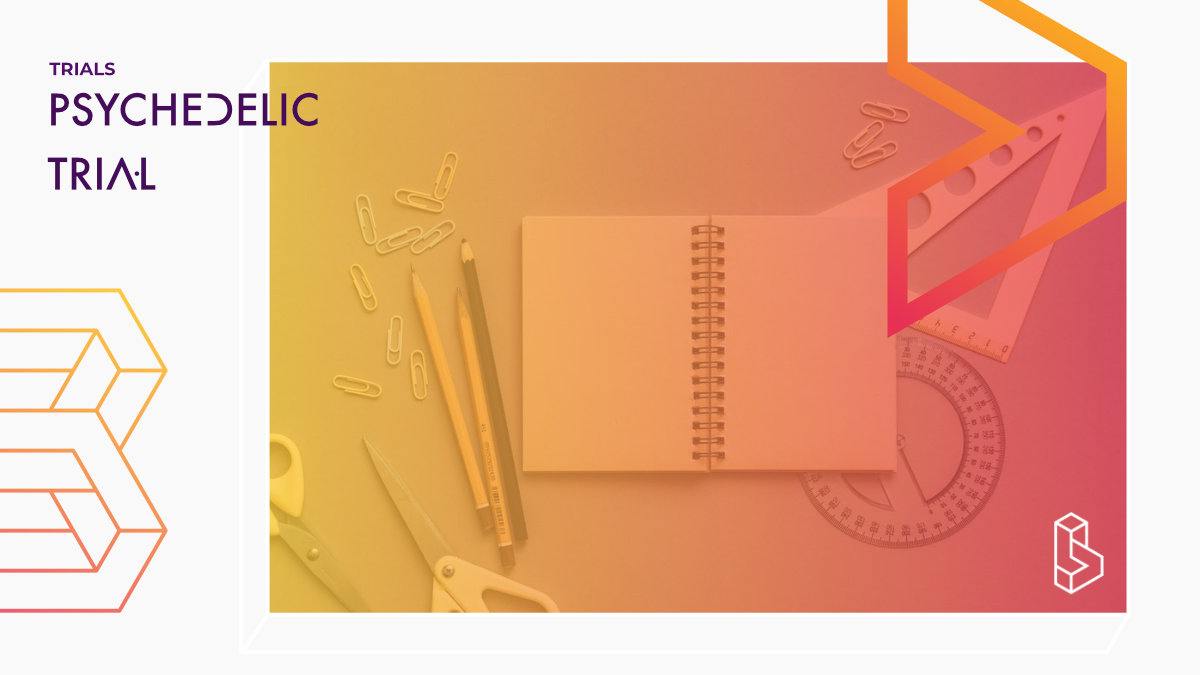LSD, psilocybin and mescaline are widely used for recreational and ethnomedical purposes. All three substances are thought to induce prototypical psychedelic effects primarily via stimulation of the 5-HT2A receptor. However, there are differences in the substances’ molecular structures and receptor activation profiles which may induce differential subjective effects.
To date, there are no modern studies comparing LSD, psilocybin and mescaline directly within the same clinical study and research subjects using validated psychometric tools.
Therefore, the LPM-Study compares the acute effects of LSD, psilocybin, mescaline and placebo in a double-blind, placebo-controlled, 4-period cross-over design with four treatment conditions: 1) 100 μg LSD, 2) 20 mg psilocybin, 3) 300 or 500 mg mescaline, and 4) placebo.
Trial Details
LSD (lysergic acid diethylamide), psilocybin (the active substance in "magic mushrooms") and mescaline (the active substance in Peyote and San Pedro cacti) are serotonergic hallucinogens widely used for recreational and/or ethnomedical purposes. LSD, psilocybin and mescaline are thought to induce prototypical psychedelic effects primarily via stimulation of the 5-HT2A receptor. However, there are differences in their molecular structures (LSD: ergoline, psilocybin: tryptamine; mescaline: phenethylamine)and receptor activation profiles which may induce different subjective effects. To date, there are no modern studies comparing these three substances directly within the same clinical study and research subjects using validated psychometric tools. Therefore, the LPM-Study compares the acute effects of LSD, psilocybin, mescaline and placebo in a double-blind, placebo-controlled, 4-period cross-over design with four treatment conditions: 1) 100 μg LSD, 2) 20 mg psilocybin, 3) 300 or 500 mg mescaline, and 4) placebo. The main objective of this study is to determine whether LSD, psilocybin and mescaline produce qualitatively similar subjective alterations of mind and associated brain activity patterns despite their unique receptor activation profiles. The study investigates psychological (psychometry), physiological and neuronal (magnetic resonance imaging) variables. The LPM-Study provides insight into the acute effects profiles of three serotonergic hallucinogens. It will enhance the understanding of psychedelic-induced altered states of consciousness in humans and will be relevant for the fields of psychiatry, psychology, and forensic toxicology.NCT Number NCT04227756
Sponsors & Collaborators
University of BaselThe University of Basel Department of Biomedicine hosts the Liechti Lab research group, headed by Matthias Liechti.
Papers
Comparative acute effects of mescaline, lysergic acid diethylamide, and psilocybin in a randomized, double-blind, placebo-controlled cross-over study in healthy participantsThis randomized, double-blind, placebo-controlled, cross-over study (n=32) investigated the effects of mescaline, LSD, and psilocybin at psychoactive-equivalent doses. The acute subjective effects of these substances were comparable, and all had moderate autonomic effects with minor differences in diastolic blood pressure and heart rate. Mescaline induced slightly more subacute adverse effects, and differences were found in the duration of action, with mescaline lasting the longest.
Measures Used
5-Dimensional Altered States of Consciousness QuestionnaireThe 5D-ASC scale measures altered states of consciousness and contains 94 items (visual analog scales).
States of Consciousness Questionnaire
The States of Consciousness Questionnaire (SOCQ) was developed to assess the occurrence features of the change in consciousness induced by psilocybin and includes the Mystical Experience Questionnaire (MEQ). The SOCQ consists of 100 items, 43 of which are from the MEQ.

